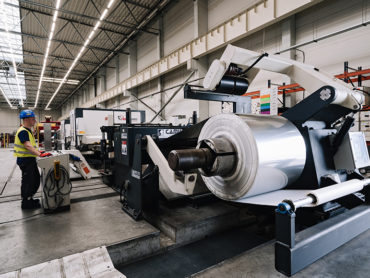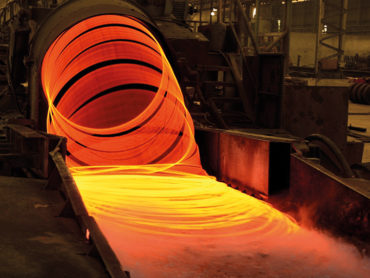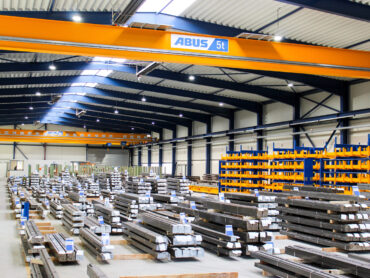China’s economy stutters, nickel unimpressed
Despite generally weaker economic data, weaker stock markets and increasing fears that central banks may tighten the reins on ultra-loose monetary policy in the long term, nickel on the London Metal
Exchange (LME) and Shanghai Futures Exchange (SHFE) continues its upward trend undeterred. At prices of around USD 20,500.00/mt and more, a new high in the past seven years was recorded on the LME before prices made a correction, and nickel is now trading around USD 20,000.00/mt. On the SHFE, nickel even reached an all-time high, although this is also related to the fact that the nickel future on the Chinese exchange was only introduced in March 2015. Nickel has been traded on the LME since 1979.
The strength of nickel is mainly due to a good demand and low stocks on the exchange. But it should be made aware that stocks on the exchange are only the visible reserve quantities. Certainly, chart technical buy signals played a role in the recent price rises, as did an increasing added mix of industrial metals for inflation protection. Inflationary tendencies in commodities, depending on the commodity, can certainly be seen in 2021. In terms of the economy as a whole, the question is how sustainable these effects will be in terms of the general price development for companies and households.
The ghost of inflation has not yet brought fear
At present, it is (still) the prevailing opinion of central banks and economists that the rise in inflation is a temporary phenomenon. However, as the Morning Briefing of ThePioneer writes, Bundesbank Pres-ident Weidmann expects an inflation rate of 5 percent for Germany by the end of the year. In his view, the upside risks clearly prevail. However, the European Central Bank (ECB) especially is convinced that the disappearance of the so-called base effects will lead to a mechanical decline in inflation in the coming year. In plain language, this means that once prices have peaked and there are no further price increases, the changes in the coming year will be put into mathematical proportion to an already higher price level, which will make the percentage rate be correspondingly lower than with a lower base.
And the ECB naturally has an interest in this argument. After all, it has become a major financier of Europe’s sovereign debt, and so gone from being a guardian of price stability to being a weighty economic player. But Morning Briefing warns that actual inflation developments may not keep to this (sometimes opportunistic) forecast. This is because all projections should take into account the following four price drivers: climate protection and the resulting inevitable rise in the price of CO2 will ensure continued inflation. Rising minimum wages will also play a role in the future. Demographics in Germany will also make labour more expensive. Fewer and fewer people in employment and more and more pensioners are making labour more expensive.








